The eyes are the central focus point of a person’s face and convey a wide range of expressions. They aid us in communication and give our listener important non-verbal clues. Given the importance of our eyes, we naturally want to look and feel our best. An outpatient eyelid lift can help restore your natural eyelid contour and refreshen your appearance; however, this common surgery can do more than just enhance your looks.
The eyelid skin is the thinnest and most delicate on our body. Eyelid skin is normally smooth, but with time, the eyelid tissue stretches, the fat bulges, and the muscles weaken. These changes are most often caused by age, heredity and sun damage. ‘Dermatochalasis’ is the medical term used for excess eyelid tissue. It may occur in the upper or the lower eyelids. Upper eyelid dermatochalasis may cause a feeling of heaviness and the redundant tissue may interfere with the patient’s field of vision. Patients may experience forehead fatigue as they attempt to lift this excess skin to alleviate the heavy sensation. An upper eyelid blepharoplasty (eyelid lift) reduces excess skin, muscle and/or fat in the upper eyelids.
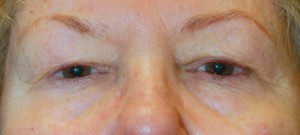
“Heavy” eyelids benefit from eyelid surgery
Some patients may also have ptosis (“toe-sis”), or a drooping eyelid. The muscle used to lift the upper eyelid is very delicate. With time, its attachment may become loose, causing the lid to droop. This drooping can be addressed with a ptosis repair. The repair can be performed with an incision on the inside of the upper eyelid, or through a skin incision. Your surgeon will help you determine if you have ptosis, and if so, which approach is most appropriate for you. At times, upper lid blepharoplasty or ptosis repair may be medically indicated if the patient meets certain criteria. A visual field test must be performed to determine medical necessity.
A ‘blepharoplasty’ may also be performed to reduce excess fat and skin in the lower eyelids. The surgeon makes incisions (either on the inside or on the skin of the lower lid) and excess tissue is removed. Incisions made inside the eyelid are not visible; incisions on the skin are barely visible and generally fade over time. Your surgeon will help you determine which approach is most appropriate for your surgery.
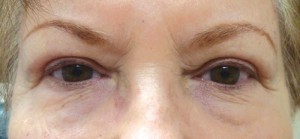
Post surgery eyelid lift
Eyelid surgery is performed on an outpatient basis. Patients receive intravenous sedation (twilight sleep) as well as local anesthesia. Pre-operative preparation includes a thorough review of your medical and ophthalmic (eye) history as well as a review of your medication and over the counter supplements. After surgery, swelling and bruising are alleviated with ice packs. Natural supplements such as arnica may also be used to further augment the healing process. Most patients experience minimal down time and are able to return to many activities within a week. The results of surgery are generally long lasting, leaving patients looking refreshed, seeing clearly and feeling lighter and vibrant.
Dr. Hui is the founder of The Eyelid Institute in Palm Desert. She is an ‘Oculoplastic surgeon’ which is a physician with combined training in Ophthalmic Plastic and Reconstructive Surgery (Oculoplastics) and Ophthalmology who has unique abilities to perform a variety of delicate procedures around the eyes. She has trained and been on faculty at the world renowned Bascom Palmer Eye Institute in Miami, FL (consistently ranked the #1 eye hospital in U.S. News and World Report) and is returning to practice in her native Southern California. Dr. Hui will meet with you personally to discuss your concerns and desires. She is available for consultation beginning January 2012 and can be reached at 760-610-2677






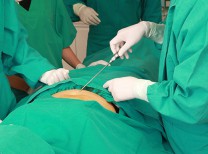
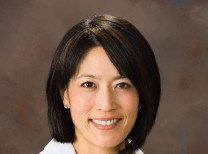
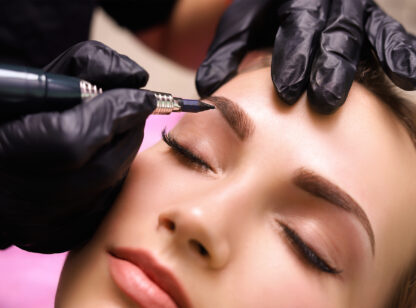
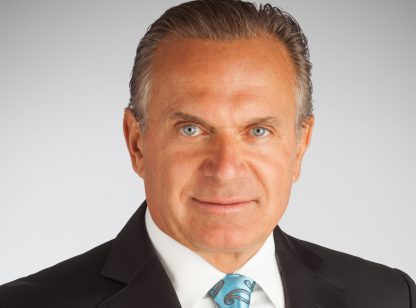
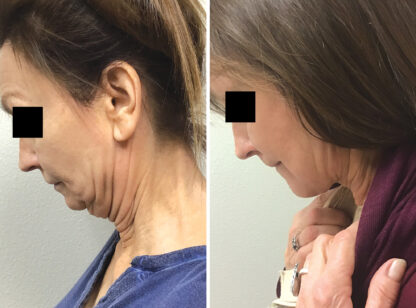

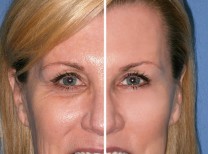


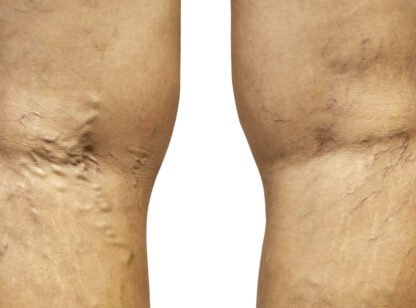

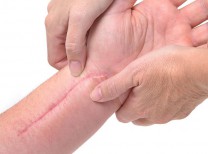




























Comments (0)